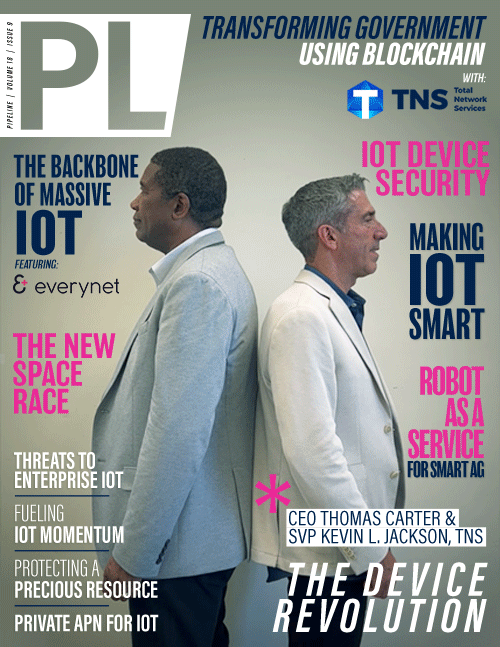Federal Government Transformation
Using Blockchain
EMMA has been designed to modernize the Census process through the practical application of emerging technologies. During the 2030 Census, EMMA will be used to protect devices, data, and workers. EMMA will provide Census workers with a single, intelligent interface as a mobile device application that understands natural language, can notify the proper authorities, process images to assess damage, automatically complete reports, and distribute the required documentation to the necessary departments within the Bureau. All within minutes, providing a monumental improvement to the customer experience (CX).
It will also unlock efficiency through the elimination of five legacy systems and other manual processes. Using RPA, EMMA will perform once-manual tasks, parse trigger-free error responses, and reduce the time to complete claims forms. “EMMA will reduce the manual process of filing a claim from 72 hours to two minutes,” Forward Edge-AI’s Eric Adolphe said. Data also will enable greater visibility into why and where injuries happen, enabling more informed decisions about safety precautions and shaping communications to better prepare field enumerators. Through the use of blockchain, NFTs and UCID, EMMA will also provide unprecedented mobile-device security. Eric underscored the future potential: “As the first application of blockchain in the Census Bureau, this project is pioneering the way for other government and enterprise applications in the future.”
As Eric and his collaborators from TNS note, EMMA is a model for business-to-government (B2G) commercialization and market development—and represents an entry point to a huge potential market for these emerging technologies. It also demonstrates the real-world potential for these technologies, such as blockchain, and accelerates their adoption. To put this into perspective, the cryptocurrency market has been valued at its recent height at $3 trillion, while US government healthcare is projected to have a national expenditure of $6.8 trillion by 2028. And that’s just one B2G use case.
Supporting innovation through transformation
On the surface, the United States government might seem an unlikely innovation driver, but it has a 40-year history of leveraging private industry for innovation through the National Science Foundation’s Small Business Innovation Research (SBIR) program. The SBIR was established in 1982 to fund innovation in small business, with the idea that the federal government could accelerate ground-breaking work and spur economic growth. The SBIR program has since become the premier seed capital program in the world, giving companies like 23 and Me, Google, iRobot, Lasik, Qualcomm, Genentech, and others the backing to accelerate the development of transformative technology products, services, and business models. Through phased funding, SBIR grants invest in, de-risk, and commercialize products for B2B, B2C, and B2G markets. EMMA is the Census Acquisition Team’s first Phase III SBIR and the first-ever use of the sole source authorities of the SBIR program by the Census Bureau.
Seizing opportunities and mitigating risks
Combining AI, chatbots, and RPA is a significant step forward for CX, digital transformation and optimizing operational efficiency. But EMMA's use of emerging technologies including blockchain, NFTs, and UCID also illustrates a quantum leap forward for data and device security which is integral to the success of the IoT.
Kevin L. Jackson of TNS told Pipeline, “Change is happening fast. Our virtual lives are as important as our physical lives.” CEO Thomas Carter added, “Our devices are an integral part of everyday life, and we need to protect them and the data they collect, store, and transmit. It’s about protecting your physical and virtual existence, and your digital legacy.”
TNS leverages blockchain to provide real-time software and hardware verification via its patent pending UCID technology. Together, Forward Edge-AI and TNS are enabling device verification via
EMMA for the Census Bureau to prevent device duplication and


















